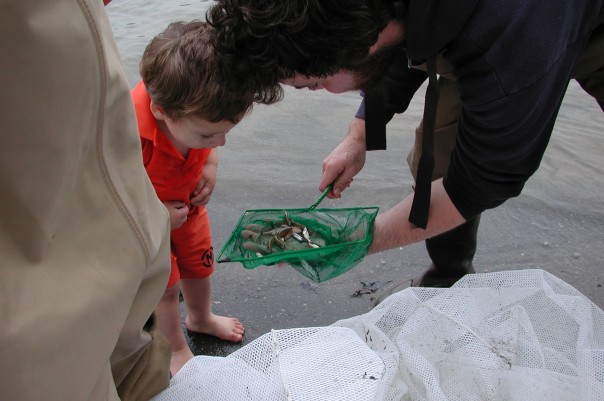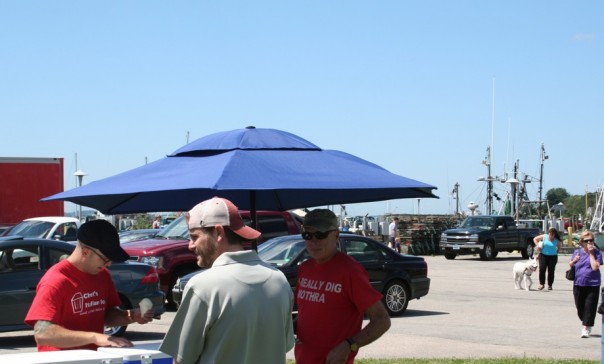Acres of Land – Abut And Under Long Island Sound
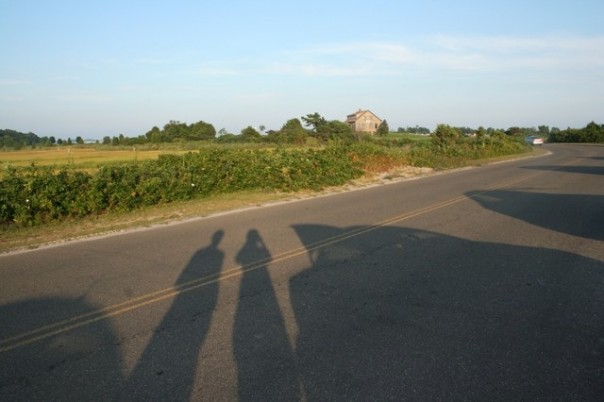
Some 8 million humans live, work and operate businesses – and savor life in and on the Long Island Sound watershed, a coastal treasure that adds so much to the quality of life – and provides so much fresh seafood – within an easy drive of a heavily populated region.
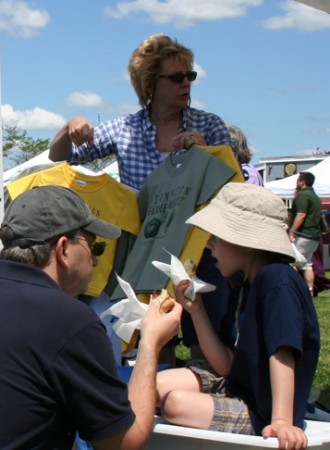
Now the acreage under those waters are under study by the combined forces of the U.S. Geologic Survey, National Oceanic and Atmospheric Administration (NOAA), Northeast Undersea Research Technology and Education Center at University of Connecticut – and Long Island Sound Mapping and Research Collaborative (LISMaRC), a partnership between University of Connecticut, University of New Haven, and University of Rhode Island.
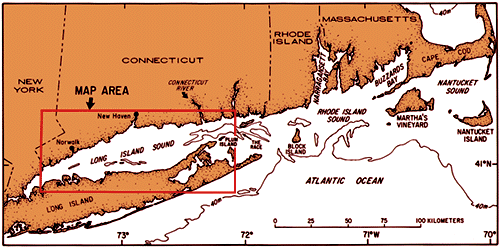 The waters also provide feeding, breeding, and nesting areas for a diversity of plant and animal life. Life along the shoreline is an economic factor not as easily measured as travelers are drawn to the water from near and far – and spending in local communities increases.
The waters also provide feeding, breeding, and nesting areas for a diversity of plant and animal life. Life along the shoreline is an economic factor not as easily measured as travelers are drawn to the water from near and far – and spending in local communities increases.
Fishing, boating, tourism, recreation all add up to contribute an estimated $8.91 billion per year to the regional economy, according to the Long Island Sound Study (that's in 2011 dollars).
The long-term study will include students from Wesleyan University, Stony Brook University, Columbia University and the City University of New York. Additionally, the Connecticut DEEP and Sea Grant offices in New York will work with the EPA and interface with all others.
Funding for the project comes from a settlement fund established in 2004 after a lengthy conflict among utility companies and state governments over the placement and repair of the Cross-Sound Cable, a 24-mile submarine cable buried in Long Island Sound that connects the electric transmission grids of New England and Long Island, New York.
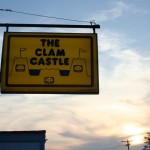
NOAA's Thomas Jefferson, part a fleet of mapping vessels, performs hydrographic surveys. According to NOAA, the sea floor composition creates implications for “anchoring, dredging, structure construction, pipeline and cable routing and fisheries habitat.”
For a recent story on one working waterfront and an innovative company “farming” oysters and connecting to the community hungry for fresh seafood, read more here.
The Sound’s coastline stretches more than 600 miles and is technically defined as the waters between Connecticut and Long Island, New York – ending as the sea flows east to Rhode Island with multiple inlets and becomes the Atlantic Ocean, proper.
“Today man is a hunter of food in the sea . . . On land, however, he has by now learned to raise livestock and to farm his fields. He has become a farmer rather than a hunter. Not until he becomes a farmer of the seas, until he is as well versed in ‘aquaculture’ as he now is in agriculture, will he begin to realize the great potential of the self-renewing food resources of the global seas.”
– “Deep Challenge” by H. B. Stewart

